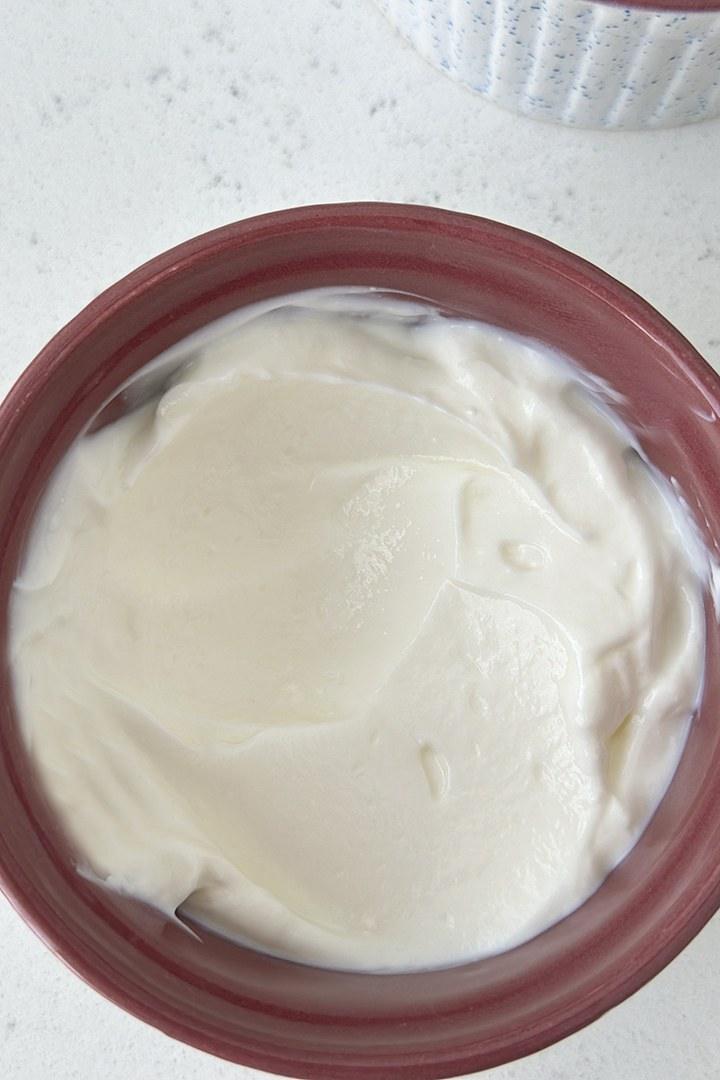The Basics of Yogurt and Curd
Yogurt and curd both start with milk, which undergoes a fermentation process. This is where the similarities mostly end and the interesting differences begin. When it comes to dairy products, yogurt and curd are two of the most beloved and widely consumed items around the world. Despite their similarities, yogurt and curd are distinct in many ways, from how they are made to their nutritional profiles. Let’s dive deep into these differences, and by the end of this post, you’ll have a clear understanding of what sets these two delicious products apart.
What is Yogurt?
Yogurt is a creamy, tangy product made by fermenting milk with specific bacterial cultures. The key bacteria involved in this fermentation process are Lactobacillus bulgaricus and Streptococcus thermophilus. These bacteria are carefully selected and standardized to ensure consistency in the final product.
How is Yogurt Made?
The result is a product with a smooth texture and a characteristic tangy taste, which can vary depending on the fermentation time and the fat content of the milk used.
What is Curd?
Curd, often referred to as “dahi” in India, is made by fermenting milk with a small amount of already prepared curd, which acts as a starter. This starter contains naturally occurring bacteria that vary depending on the environment and local practices.
How is Curd Made?
The texture of curd can range from slightly grainy to smooth, and it usually has a milder flavor compared to yogurt.
Key Differences Between Yogurt and Curd
- Bacterial Cultures:
Yogurt: Uses specific, standardized bacterial strains (Lactobacillus bulgaricus and Streptococcus thermophilus). Curd: Uses naturally occurring, non-standardized bacteria that can vary widely.
- Fermentation Process:
Yogurt: Fermented at controlled temperatures (around 43°C or 110°F) for consistency. Curd: Fermented at room temperature, which can vary.
- Texture and Flavor:
Yogurt: Smooth and tangy. Curd: Can be slightly grainy and milder in flavor.
- Global vs. Regional Popularity:
Yogurt: Popular worldwide with many variations such as Greek yogurt, flavored yogurt, and drinkable yogurt. Curd: Predominantly consumed in the Indian subcontinent and used in traditional recipes, beverages, and as a side dish.
Nutritional Differences Between Yogurt and Curd
Now, let’s talk about the nutritional differences between these two dairy delights. Protein Content:
Yogurt: Typically has a higher protein content, especially Greek yogurt, which is strained to remove excess whey. Curd: Protein content can vary but is generally slightly lower than that of yogurt.
Probiotics:
Yogurt: Contains specific probiotic strains known to benefit gut health. Curd: Contains a variety of probiotics, but the exact strains and their benefits can be less predictable.
Calcium:
Both: High in calcium, essential for bone health, though the exact amount can vary based on the type of milk used.
Fat Content:
Both: Can range from full-fat to low-fat and fat-free versions, depending on the milk used. The fat content in yogurt is often standardized, while curd can vary more widely.
Sugar Content:
Yogurt: Often contains added sugars, especially in flavored varieties. Always check the label for added sugars. Curd: Typically doesn’t contain added sugars unless sweetened during preparation.
Vitamins and Minerals:
Both: Good sources of B vitamins and essential minerals like magnesium and potassium.
Why Yogurt is higher in protein than Curd?
Yogurt typically has more protein than curd due to differences in their preparation processes and the types of cultures used. These factors contribute to yogurt generally having a higher protein content compared to curd.
Why Yogurt has Less Sugar than Milk
Yogurt generally has less sugar and more protein than the milk from which it is made due to the fermentation process and optional additional processing steps: Through these processes, yogurt ends up with a higher protein content and lower sugar content compared to the milk it is made from. In summary, while yogurt and curd share some similarities as fermented milk products, they differ significantly in their bacterial cultures, fermentation processes, textures, flavors, and nutritional profiles. Yogurt is made with specific bacterial strains at controlled temperatures, resulting in a tangy, smooth product. Curd is made with naturally occurring bacteria at room temperature, leading to a milder, sometimes grainier product. Nutritionally, both are beneficial, but yogurt often has a higher protein content and more predictable probiotic benefits. Whether you prefer the tanginess of yogurt or the mild flavor of curd, both are delicious and healthy additions to your diet. Enjoy them in a variety of ways, from breakfast bowls and smoothies to savory dishes and desserts.
More Such Informative Posts


